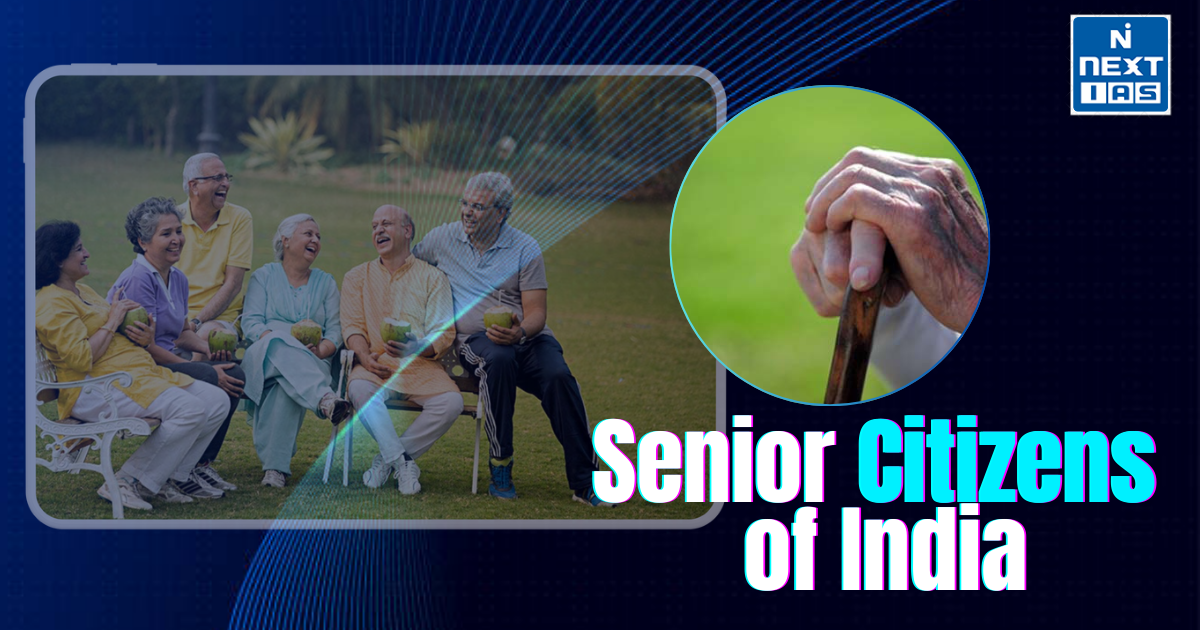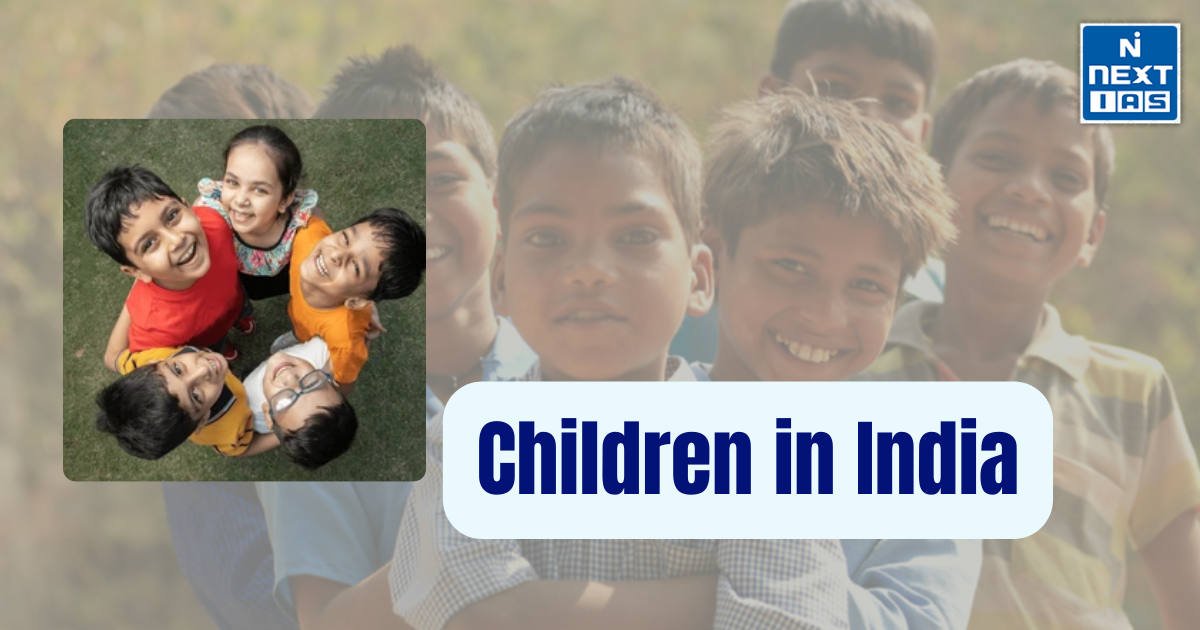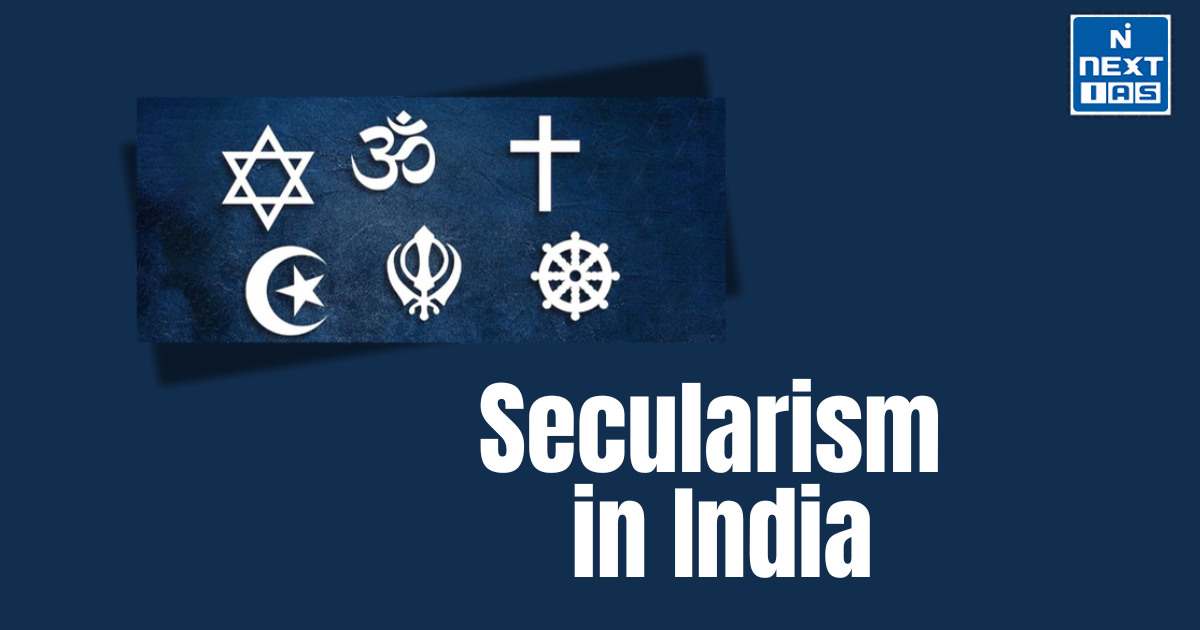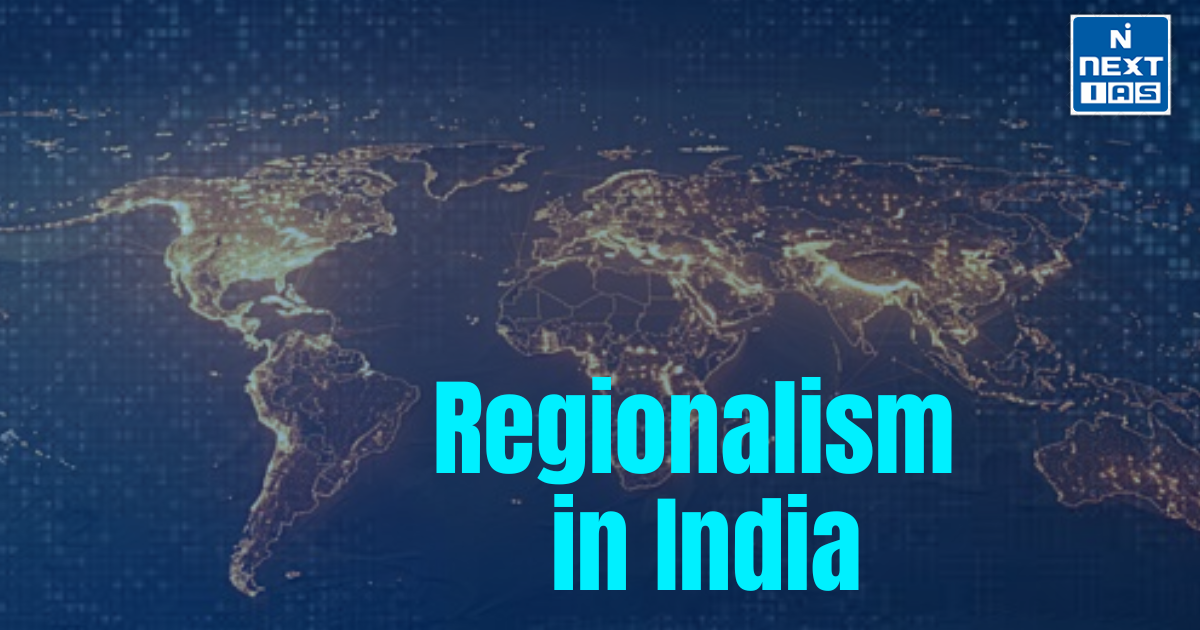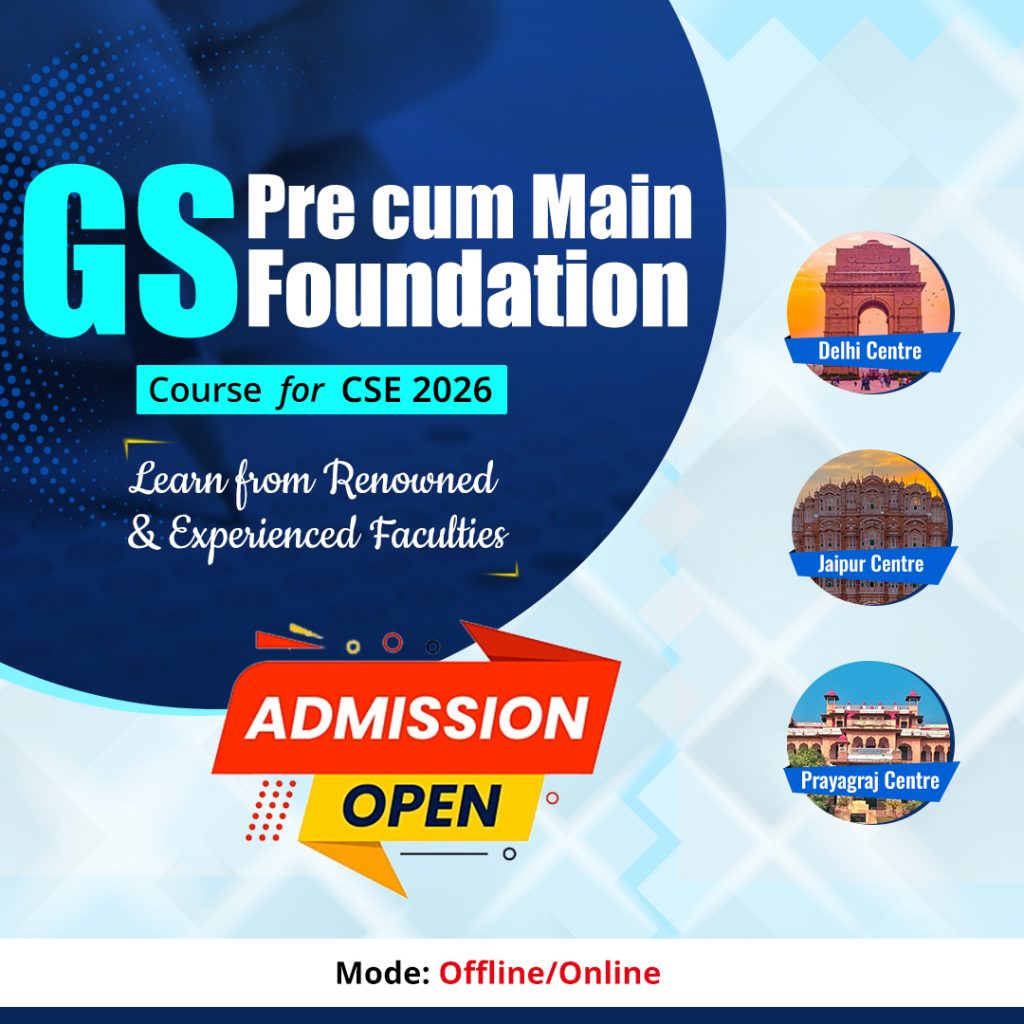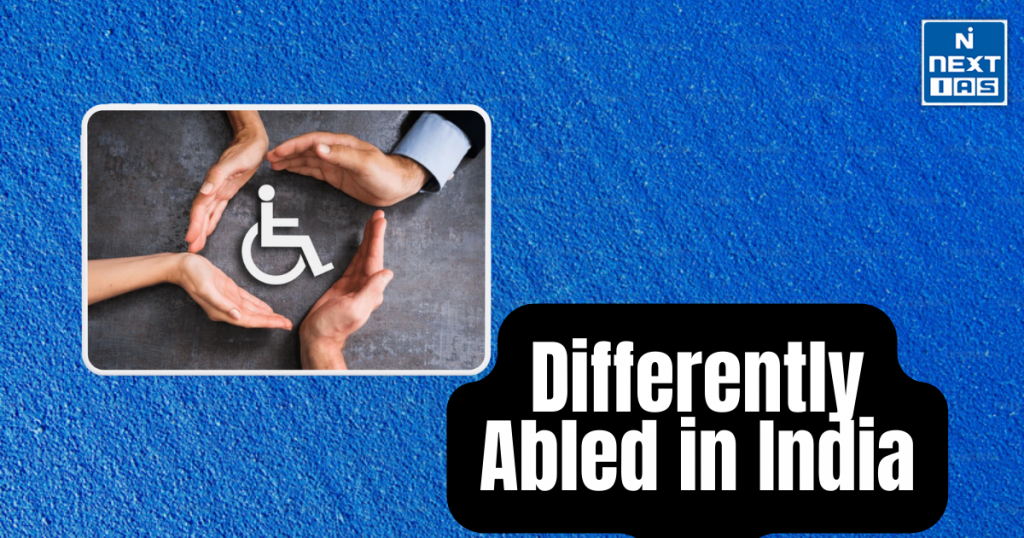
In India, differently-abled individuals face a range of challenges, including societal stigmas, inaccessible infrastructure, and limited opportunities in education and employment. Addressing these issues is vital for fostering an inclusive society where every individual can realize their potential. This article aims to study in detail the issues faced by differently-abled individuals in India and the steps taken by the government, organizations, and communities to create a more inclusive environment for them.
About Differently Abled in India
- The term “differently-abled” refers to individuals with disabilities or impairments that affect their ability to perform certain tasks in daily life.
- This inclusive term promotes an understanding that people with disabilities possess abilities in areas beyond what traditional norms often define.
- Disabilities can be physical, intellectual, sensory, or psychological.
- However, the reality is that differently-abled individuals face several barriers in society that can hinder their personal development, opportunities, and overall quality of life.
- These barriers include societal attitudes, inaccessible infrastructure, lack of opportunities, and inadequate support systems.
Disability & Different Forms
Disability is a broad and complex term that encompasses various conditions. These conditions can be:
- Physical Disabilities: These include impairments that limit mobility or motor functions. Individuals may have conditions like paralysis, amputations, or conditions like cerebral palsy.
- Sensory Disabilities: These include visual or hearing impairments. Blindness, low vision, and deafness are prominent examples.
- Intellectual Disabilities: Individuals with cognitive limitations may experience challenges in learning, problem-solving, and communication. Conditions like Down syndrome or autism spectrum disorders (ASD) fall into this category.
- Psychiatric Disabilities: Mental health disorders like schizophrenia, bipolar disorder, and severe depression, which impair social interactions and daily functioning, are often categorized as psychiatric disabilities.
- Neurological Disabilities: These include conditions that affect the nervous system, such as epilepsy, multiple sclerosis, and brain injuries.
Challenges faced by Differently Abled Individuals
Despite advances in legislation and awareness, differently-abled individuals continue to face significant barriers. These can be grouped into:
Physical Barriers
- Inaccessible Infrastructure: Many public buildings, transportation systems, and streets are not designed to accommodate people with disabilities. Lack of ramps, lifts, tactile floors, and wider doorways make movement difficult.
- Limited Access to Mobility Devices: Access to assistive devices like wheelchairs, hearing aids, or prosthetics can be prohibitively expensive, and availability may be limited.
Social Barriers
- Stigmatization and Prejudices: Negative stereotypes and social stigmas about people with disabilities persist in many societies. These perceptions often result in discrimination, exclusion, and bullying, making it harder for differently-abled individuals to integrate into society.
- Lack of Awareness: Many people lack understanding of different disabilities, leading to unintentional mistreatment or neglect of the needs of differently-abled people.
- Employment Discrimination: Many employers are reluctant to hire differently-abled individuals, often due to preconceived notions about their capabilities or the costs of accommodating their needs. This leads to high unemployment rates in this group.
Educational Barriers
- Lack of Special Education Resources: Schools often lack the resources or specialized educators to support students with disabilities. Inclusion of differently-abled children in regular classrooms is still an ongoing challenge in many parts of the world.
- Limited Learning Materials: Educational materials such as Braille books, audiobooks, or sign language interpreters are often not available.
Healthcare Barriers
- Inadequate Medical Services: Many healthcare services are not equipped to address the needs of differently-abled individuals, and healthcare providers may not have the necessary training to treat them effectively.
- High Costs of Specialized Care: Medical and therapeutic care for differently-abled individuals can be expensive and inaccessible, further exacerbating the challenges they face.
Legal and Policy Framework: Steps Taken to Address Issues
Governments worldwide have introduced various laws and policies to address the challenges faced by differently-abled individuals. These legal provisions aim to protect their rights and ensure access to essential services.
International Initiatives
- The United Nations Convention on the Rights of Persons with Disabilities (CRPD): Adopted in 2006, the CRPD promotes the rights of persons with disabilities, including the right to education, work, health care, and participation in political and cultural life. It advocates for the full inclusion and participation of people with disabilities in all aspects of society.
- World Health Organization’s (WHO) Disability Action Plan: The WHO has developed strategies to promote health, equity, and inclusion for people with disabilities. It focuses on improving access to health services, promoting rehabilitation, and addressing the specific needs of people with disabilities.
National Initiatives
- The Americans with Disabilities Act (ADA), 1990: A landmark law in the United States, the ADA prohibits discrimination against individuals with disabilities in areas like employment, transportation, public accommodations, communications, and access to government services.
- The Rights of Persons with Disabilities Act, 2016 (India): This act ensures equal rights and opportunities for differently-abled individuals. It mandates accessibility in public spaces, the right to education, reservation in government jobs, and social security benefits. It also expands the definition of disability to include 21 conditions and advocates for the empowerment of people with disabilities.
Corporate and Organizational Initiatives
Many corporations and organizations have taken steps to include differently-abled individuals in their workforce. These include:
- Inclusive Hiring Practices: Some companies have introduced policies aimed at increasing the employment of differently-abled individuals. This includes offering flexible working hours, providing assistive devices, and offering job training programs.
- Accessibility in Digital Spaces: Companies are also focusing on making websites, apps, and digital content accessible to people with visual, auditory, or other impairments, using features like screen readers, captions, and alternative text for images.
Social and Technological Dimensions: Empowering the Differently Abled
Technological Advancements
- Assistive Technologies: Innovations in technology have revolutionized the lives of differently-abled individuals. Voice recognition software, screen readers, prosthetic devices, and hearing aids have enabled people to perform tasks that were once unimaginable.
- Smart Cities and Accessibility: With the advent of smart city technologies, there is an emphasis on making cities more inclusive. From sensors for visually impaired individuals to smart transport systems, technology is breaking down physical barriers.
- 3D Printing: 3D printing is being used to create customized prosthetics and assistive devices at a lower cost, making them more accessible to a wider population.
Awareness and Advocacy
- Social Media and Online Communities: Social media platforms and online communities have become powerful tools for raising awareness about the challenges faced by differently-abled individuals. Activists and organizations use these platforms to advocate for equal rights and provide information on available resources.
- Celebrity Advocacy: Public figures with disabilities, like actor and disability rights advocate Marlee Matlin and athlete Oscar Pistorius, have played an essential role in raising awareness and promoting the inclusion of people with disabilities.
Inclusive Education
- Specialized and Inclusive Schools: Many schools are adopting inclusive education models where students with disabilities learn alongside their peers. Specialized institutions and schools also play a vital role in providing tailored education and support.
- Assistive Learning Tools: Tools like audiobooks, Braille textbooks, and educational software are helping differently-abled children engage in learning at their own pace.
Way Forward
- Changing Attitudes: A shift in societal attitudes toward people with disabilities is critical. There needs to be greater emphasis on recognizing their capabilities, not just their limitations.
- Building Inclusive Communities: Communities should be designed to be accessible to everyone. Urban planning must ensure that streets, public spaces, and transportation systems accommodate people with disabilities.
- Affordable Healthcare and Support Systems: Accessible healthcare and rehabilitation services should be available to all individuals, regardless of socioeconomic status.
- Further Legislation: Continued strengthening of laws related to the rights of differently-abled people is necessary to ensure their rights are upheld in every aspect of society.
Conclusion
The journey towards the full inclusion of differently-abled individuals in society is ongoing. The issues they face—ranging from physical barriers to social discrimination—are significant, but through collaborative efforts from governments, organizations, and individuals, much has been achieved. Technological advancements, legal reforms, and growing social awareness continue to push the envelope on creating a more inclusive world. However, we must strive for a future where people with disabilities can fully participate in all aspects of society without facing barriers. By building a culture of acceptance, providing accessible infrastructure, and promoting opportunities, we can move closer to realizing a truly inclusive society for all.
GS - 2

